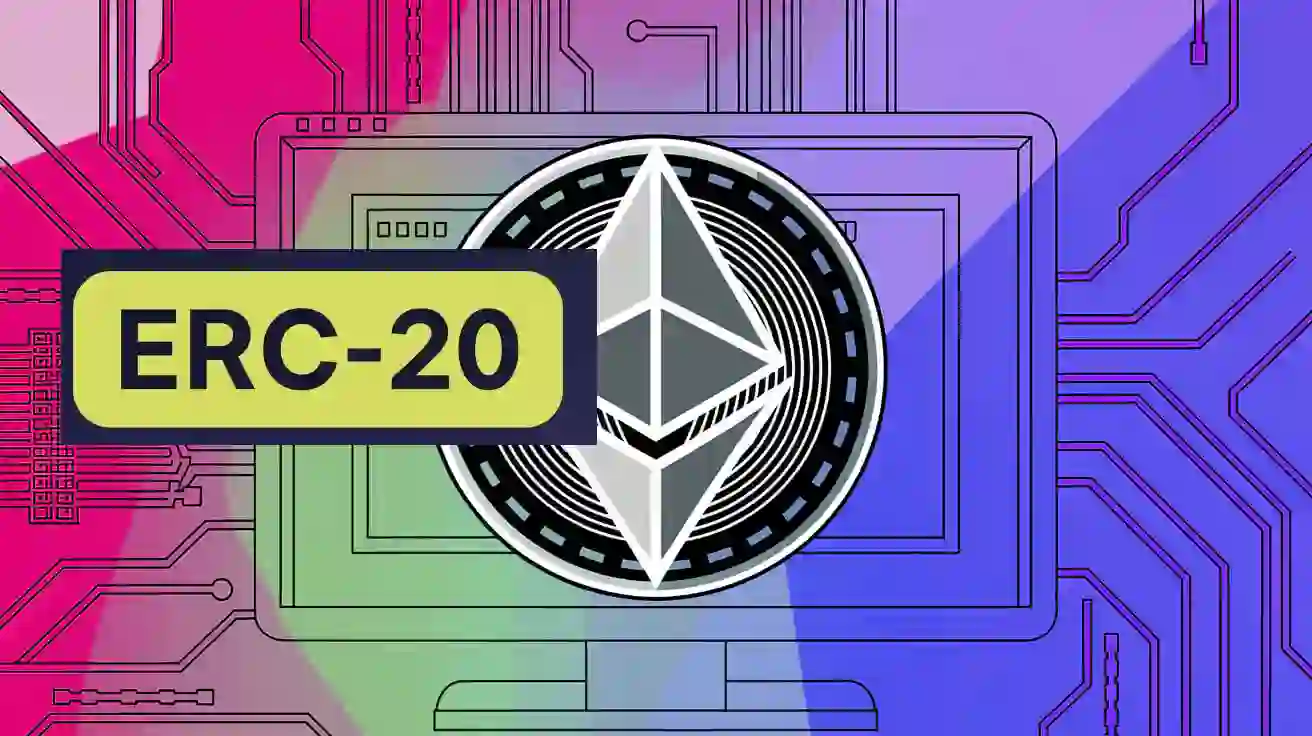The Ethereum ecosystem, a cornerstone of the decentralized web, operates on a sophisticated architecture built upon three fundamental elements: ETH, gas, and ERC-20 tokens. Understanding these components is crucial to grasping the functionality and potential of this revolutionary platform.
These elements work in concert, fueling the network, incentivizing its participants, and enabling the creation of a diverse range of decentralized applications and digital assets.
ETH: The Lifeblood of Ethereum
ETH, or ether, is the native cryptocurrency of the Ethereum network. It serves as the digital fuel that powers all transactions and operations on the blockchain. Just as gasoline powers a car, ETH provides the computational resources necessary to execute smart contracts and validate transactions.
In essence, ETH represents the computational effort required to process and record data on the Ethereum blockchain. It’s the cost of utilizing the network’s resources, ensuring its security and functionality.
Gas: The Transaction Fee Mechanism
Gas is the unit of measurement used to calculate the computational cost of a transaction on the Ethereum network. It represents the amount of computational effort required to execute a specific operation, such as transferring ETH, interacting with a smart contract, or deploying a decentralized application.
If a country wants to move its currency to the blockchain today, which platform would be ready and suitable?
— Olivier Janssens (@olivierjanss) July 11, 2018
The gas price, denominated in ETH, fluctuates based on network congestion. When the network is busy, gas prices tend to rise, reflecting the increased demand for computational resources. Conversely, when the network is less congested, gas prices tend to decrease.
This dynamic pricing mechanism incentivizes miners to prioritize transactions and ensures the efficient allocation of network resources.
ERC-20 Tokens: The Standard for Digital Assets
Ethereum’s versatility stems from its ability to support the creation of custom digital assets through the ERC-20 token standard. This standard provides a set of rules and guidelines that enable developers to create fungible tokens on the Ethereum blockchain.
ERC-20 tokens have become the backbone of the decentralized finance (DeFi) ecosystem, facilitating the creation of a wide range of applications, including stablecoins, utility tokens, and governance tokens.
Key Properties of ERC-20 Tokens:
- Fungibility: Each ERC-20 token is interchangeable with any other token of the same type.
- Transferability: ERC-20 tokens can be easily transferred between Ethereum addresses.
- Fixed Supply (Optional): Developers can choose to create a fixed supply of ERC-20 tokens, ensuring scarcity and potentially increasing their value.
The Interplay of ETH, Gas, and ERC-20 Tokens:
These three elements are interconnected, forming the foundation of the Ethereum ecosystem. When a user initiates a transaction involving ERC-20 tokens, they must pay gas fees in ETH to compensate the network for processing the transaction.
This interplay ensures the security and functionality of the network, incentivizing miners to validate transactions and maintaining the integrity of the blockchain.
Beyond ERC-20: Expanding the Ethereum Ecosystem
While ERC-20 tokens have become ubiquitous, other Ethereum standards have emerged to address specific use cases:
- ERC-721: This standard enables the creation of non-fungible tokens (NFTs), representing unique digital assets.
- ERC-1400: This standard is designed for security tokens, facilitating the tokenization of real-world assets.
- ERC-223: This standard aims to simplify transaction fees by allowing users to pay them in the tokens they are transferring.
- ERC-777: This standard seeks to improve upon ERC-20 by enhancing security and functionality.
The Evolving Landscape of Ethereum:
The Ethereum ecosystem is constantly evolving, driven by ongoing research and development. While challenges such as scalability and transaction fees persist, Ethereum’s versatility and vibrant community continue to drive its growth.
The interplay of ETH, gas, and ERC-20 tokens forms the bedrock of this dynamic ecosystem, enabling the creation of innovative applications and transforming the landscape of digital finance and beyond.



